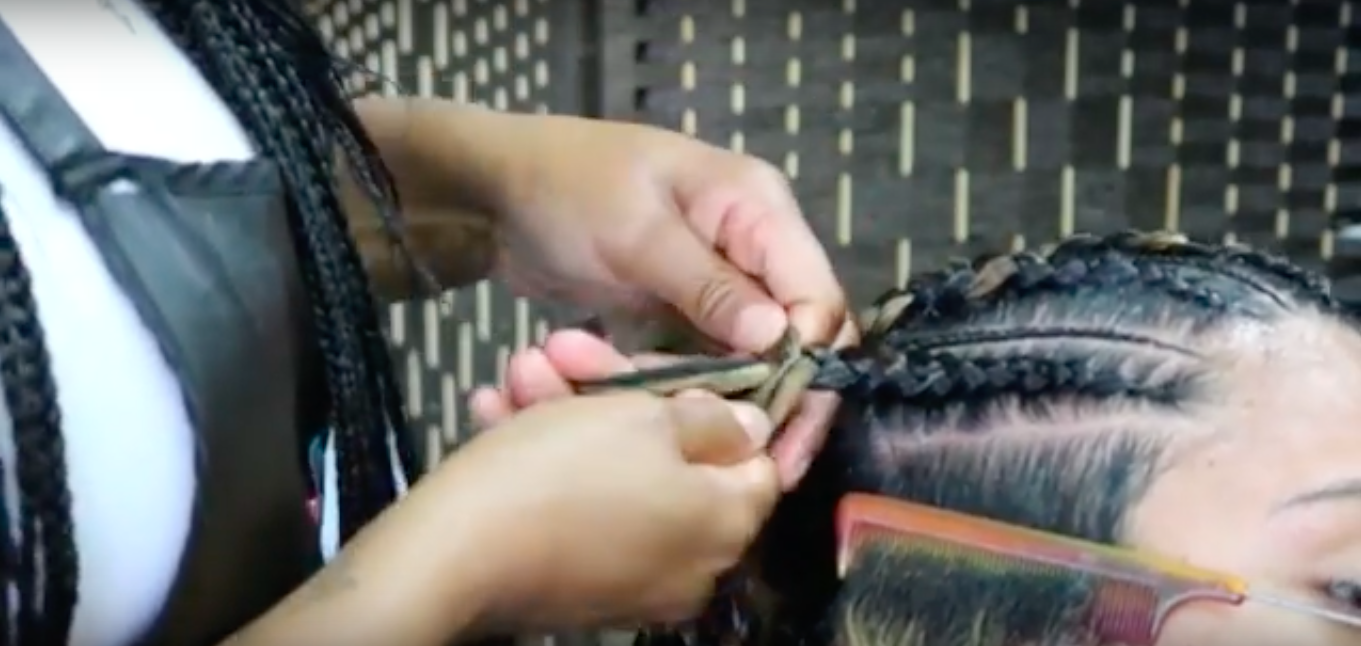Black hair has always been a deliberate choice of resistance despite the pejorative stigmas that have been placed on it. It has remained unapologetic, at the forefront of creativity and for many a source of pride. For black students at Stanford University, however, the glory of their hair has become burdensome because of the underwhelming presence of Black hair businesses in the Peninsula.
According to census data reports, there has been significant decline in the presence of African-Americans in the surrounding Bay Area. In San Francisco, the population dropped by about 50 percent from 1970 to 2010 and is currently less than 5 percent of the total population. Similarly, African-Americans only make up a miniscule 2.6 percent of the population in Santa Clara county and 2.7 of San Mateo county.
This exodus of Black people has resulted in a significant decline in Black businesses, including Black hair businesses.
Gwendolyn Neal, owner of Nefertiti Salon and Beauty Supply in San Jose, says that the amount of Black hair spaces in the Bay Area has dramatically diminished since she first opened.
“We opened in ’93 and at that time I could count maybe five [Black hair supply stores],” Neal said. “Now, as far as Black beauty supply stores, there are two.”
For this reason, the New Orleans native fears that if she closes, Black hair spaces will disappear from San Jose and surrounding regions.
“It does bother me, I must honestly say,” said Neal. “Because this is us… This is our culture.”
The missing Black hair presence is new and unfamiliar for most Stanford students. For Kaylynn Cusic ‘19, a native of the Southside of Chicago, the absence of salons and supply stores around the University was a cultural shock.
“At home, hair is not an issue. You drive down the street and there is a beauty supply store everywhere I need to go,” Cusic said. “Here, you drive down the street and you see car dealerships like Tesla, and you realize very quickly that there is nothing that caters to our hair.”
There are also large financial and geographical barriers to getting their hair done, students say. Many of the salon and barbershop options that do exist are too far to reach, they explain, and when they are nearby they are too expensive.
According to Evan Miller ’20, the closest place she found that caters to her hair costs $250.
“That’s just not reasonable,” Miller said.
Because of the high prices, many students have to travel far. However, not everyone has the resources or means to do so.
“My friend had us going to Oakland to get cut,” said Treyjohn Butler ’20, a Stanford football cornerback. “But that’s a drive and a $35 haircut.”
“I literally go to Berkeley to get my hair done,” Miller said. “I realize that not everyone can even do that.”
The lack of Black hair business not only forces students to go to extreme measures to care for their hair, but also robs students of the community and processes of identity that these spaces centered around Black hair afford.
Black salons and barbershops were and continue to be spaces where Black people can come together and just be themselves, have cultural dialogue, create and be unconcerned with the mainstream gaze. They are among a few spaces where Black people have long sought out and found community and belongingness.
And at a place Stanford, where Black students comprise of only 7 percent of the undergraduate population and 3 percent of the graduate population, spaces of belonging are integral to their academic success.
With their hair turned into yet another burden that they have to carry, Black Stanford students say they feel even more out of place in the University.
“I just feel silenced,” said Cusic. “Where is the space for me?”
Contact Paula McCloud at pmccloud ‘at’ stanford.edu.
